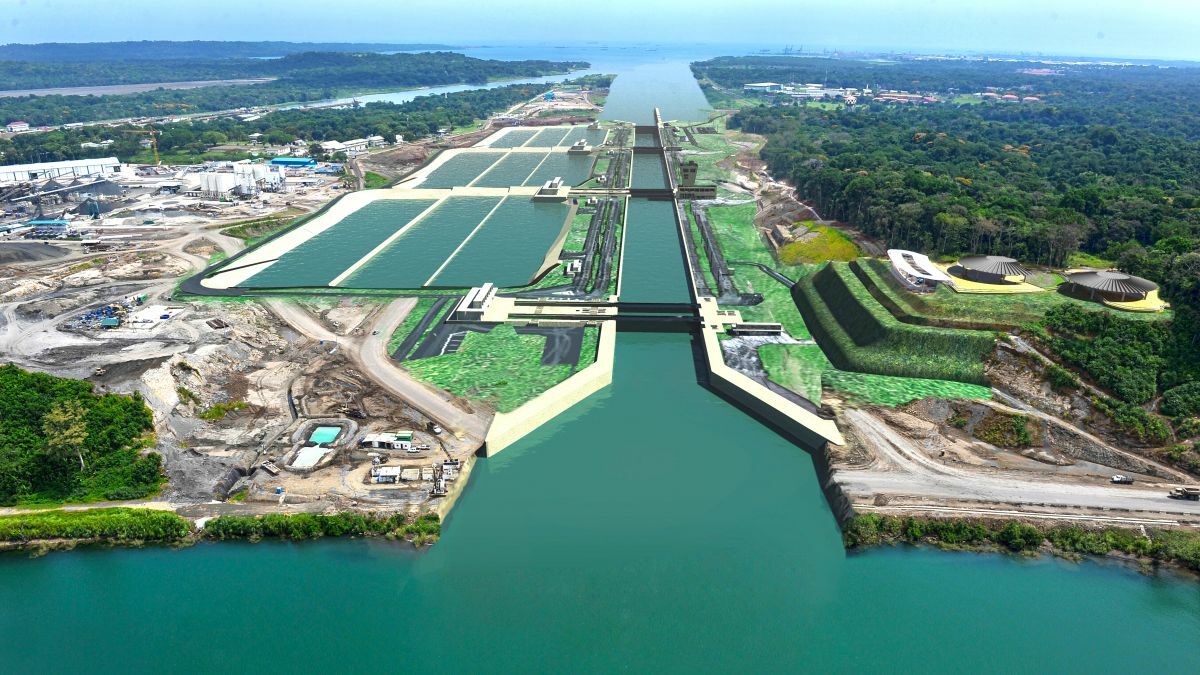Due to insufficient rainfall, the Panama Canal Authority has reduced the number of vessels permitted to cross the interoceanic route to 32 per day.
This decision, effective as of midnight this past Sunday, threatens the canal’s income – vital to public coffers – and risks exacerbating maritime congestion.
The Panama Canal normally sees an average of 35 to 36 vessels transit daily.
With the new restriction in place, there will be a decrease of 3 to 4 ships per day, according to Canal Administrator Ricaurte Vásquez.

The Panama Canal Authority (ACP) warned that a long-term reduction in daily transits could increase wait times, particularly for ships without reservations.
This situation arises despite the canal’s continuous water-saving measures to counteract the prolonged dry season’s adverse effects.
Each day, 22 vessels will pass through the Miraflores Panamax locks, and 10 through the larger Neopanamax, introduced in 2016 following the canal’s expansion.
The canal, constructed by the United States and operational since 1914, connects 180 maritime routes reaching 1,920 ports in 170 countries, facilitating approximately 3% of global trade.
In fiscal year 2022, it provided the Panamanian government a record US$2.494 billion.
Panama, the world’s fifth-highest recipient of rainfall and the top in Central America, experiences a dry and rainy season.
Despite the rainy season’s arrival, the canal’s water supply from artificial lakes Gatún and Alhajuela remains insufficient.
These lakes provide water to more than half of Panama’s 4.2 million population.
With the climate crisis’ impact and an extended dry season, the country faces a challenging 2024 unless lake levels recover.

